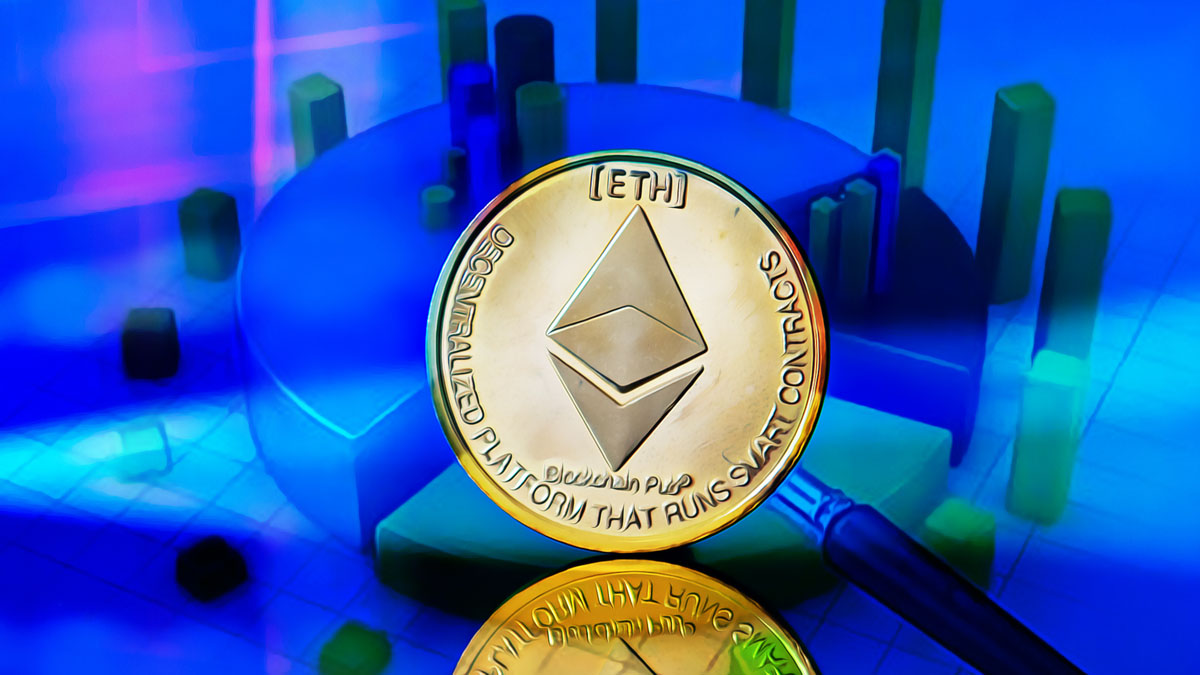Ethereum’s price has experienced a notable decline despite the launch of the first Ethereum-based exchange-traded funds (ETFs) in the United States. Over the past month, Ethereum’s value has plummeted by over 24%, trading at $2,572 as of August 19, according to Tradingview data. The highly anticipated ETF launch did not provide the expected boost to Ethereum’s market performance.
What Is Causing Ethereum’s Price Decline?
One significant factor contributing to Ethereum’s price drop is the net outflow from US-based Ethereum ETF funds. Data from Farside Investors indicates that there has been a total net outflow of $420.5 million since the ETFs were launched, adding substantial selling pressure to the market. Investors had anticipated a price surge following the ETF launch, but this has not materialized.
Other Contributing Factors
Another element impacting Ethereum’s value is its increasing supply. Ultrasound.money reports that since the US spot Ethereum ETF launch on July 23, the Ethereum supply has increased by 60,555 Ethereum, valued at over $155 million. This surge in supply has contributed to the downward pressure on Ethereum’s price. Additionally, Ethereum’s supply growth rate has been 0.61% annually over the past 30 days.
Ethereum’s largest upgrade since the Merge, the Dencun upgrade, went live on March 13, promising to reduce transaction fees for Layer-2 networks and enhance overall scalability. Despite these improvements, Ethereum’s price has struggled, dropping by 35% since the Dencun upgrade, according to a CryptoQuant X post dated August 19.
Key Takeaways for Investors
– Ethereum’s price decline follows significant net outflows from US-based Ethereum ETF funds.
– An increase in Ethereum’s supply has added downward pressure to its price.
– The Dencun upgrade, while promising, has not yet positively impacted Ethereum’s market performance.
Despite the current struggles, some analysts remain optimistic about Ethereum’s future. According to popular crypto investor Ted, historical chart patterns suggest that Ethereum might see a breakout in the first quarter of 2025, with consolidation expected to end in November/December 2024. Whether this prediction will hold remains to be seen, as the market continues to fluctuate.













